For those of you reading this article, thank you and congratulations. By reading a blog that mentions playing golf in the winter, you have proved how much you love golf. We can all get the clubs out after watching The Masters on TV in April or are tempted to play on a lovely summer’s evening, but our passion for playing can be severely tested by the temperature dropping, the ground becoming a bit wet and the first hint of frost in the mornings.
Thankfully, we at AMERICAN GOLF love this brilliant and maddening game just as much as you do. And that’s why we have put together this guide to explain key rules and tips for playing golf in winter.
Now unfortunately most of us are not professional golfers and cannot spend the whole year following the sun with our clubs in tow. Nor are we based in those golfing nirvanas of Florida or the south of Spain where golf courses abound and the sun rarely stops shining. We are in Great Britain and so we know that we must conquer the weather on many occasions if we want to feed our golf habit. In that case, we must dig out our waterproofs, woolly hats and any item of appropriate golfing attire that we may possess to try and fend off the elements and play golf during those winter months. But because conditions vary so radically from playing at the height of summer, there are a few things that we must remember or bear in mind before we tee off.
Winter Rules (or preferred lies):
Turning up at a golf course from October onwards, it is very common to see a sign that states ‘Winter Rules apply’. But what does that mean? These rules are introduced by a club at its own discretion as a way of protecting their course and helping their players. As the weather deteriorates, so does the condition of the course. It is natural that lies are not as good and the golf ball easily gathers mud or can be surrounded by leaves that have fallen from the trees.
Therefore, we as players have the option to lift, clean and place our ball. First, we mark our ball within six inches, or sometimes within one club length depending on the local rules in place. Then we pick it up and clean away any mud, water or debris that has gathered on it. Finally we place it back on the ground. The thought is that a player deserves the chance to have as good a lie as possible for the time of year. It is also a way of protecting the course from being excessively damaged or churned up by players having to hit out of poor lies.
Plugged (or embedded) lies:
It’s normally only on the greens that we potentially have to worry about pitch marks. But in soft, squelchy conditions in the winter, we often have plugged lies in the fairway or the rough. That is when our ball does not move once it lands in the ground and becomes plugged or embedded in the turf. We do not have to worry if our ball plugs on the green because we can automatically mark and pick up our ball there anyway.
But if it plugs in the fairway or the rough, we can pick up our ball, wipe off any mud and using the point at which it has plugged as our marker, we can drop our ball within one club length (using the longest club in our bag but not our putter). This gives us a fair chance of hitting a reasonable shot, rather than having to hack at it and create more churned up ground.
Choosing a golf club in Winter:
One of the first things to understand about playing golf in winter is that we need to adjust our mindset. That certainly applies to how we hit the ball because quite simply, our shots will not go as far as at the height of the summer. That is because the ground is soft and there will not be much run on the floor once our ball lands. Secondly as the air will be much thicker and heavier, that makes it much harder for the ball to travel through. A study by the United States Golf Association found that for every drop in temperature of ten degrees, a golf ball will travel two yards less. For example, if a player drives the ball 200 yards on a day when it is 75°F (24°C) in summer, on a winter’s day when it is 45°F (7°C), the drive will only go 194 yards.
This is something that must be factored in when choosing any club. So the best thing is to park the ego to one side and use more club than we would from the same position in summer.
Winter greens and temporary greens:
A classic mistake in winter golf is to come from the sofa where we may have been watching Rory McIlroy putt on perfect greens in America or the Middle East and be fooled into judging the speed of winter greens. Playing golf on a winter’s day, the guarantee is that most players will not be able to judge how slow the putting surface is on their first putt.
One tip is to make sure that we give our putts more ‘hit’. A way of doing this is by moving the ball forward in our stance towards our front foot. This should generate more speed with our putt and just as importantly, that position should allow us to get more topspin or roll on the putt, which is vital as we look for the right pace to get our ball up to the hole.
Many golf courses even use temporary greens for some period between late October and early March. This is done to protect putting greens from being used if excessively soft from rain or hardened by a heavy frost and to avoid damage ahead of the new season from April onwards. That means a smaller, temporary putting surface will be used. Don’t expect Augusta-like surfaces from these as they will usually be the area just in front of or to the side of the regular green and are parts of the fairway in better weather. Once finding these smaller temporary putting greens, the trick is to be firm and aim straight at the hole. And not to get too upset if our putts don’t go in!
Types of Golfer during Winter
Getaway Golfer
If you’re more of a fair-weather golfer who prefers to head to the sun to continue their winter golf game. The peacemaker between the frustrations that the winter creates and their game and wont ruin their relationship with golf due to weather.

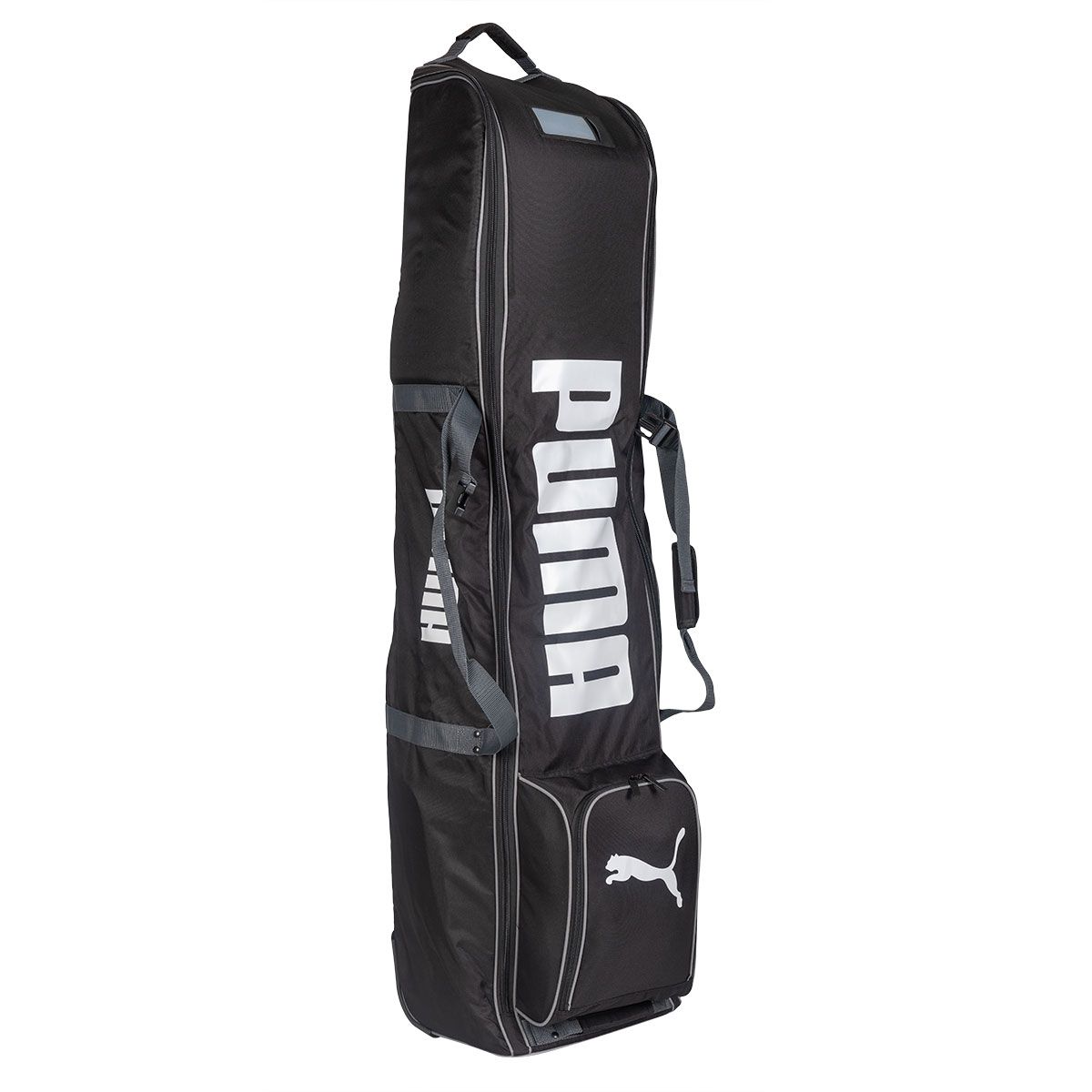
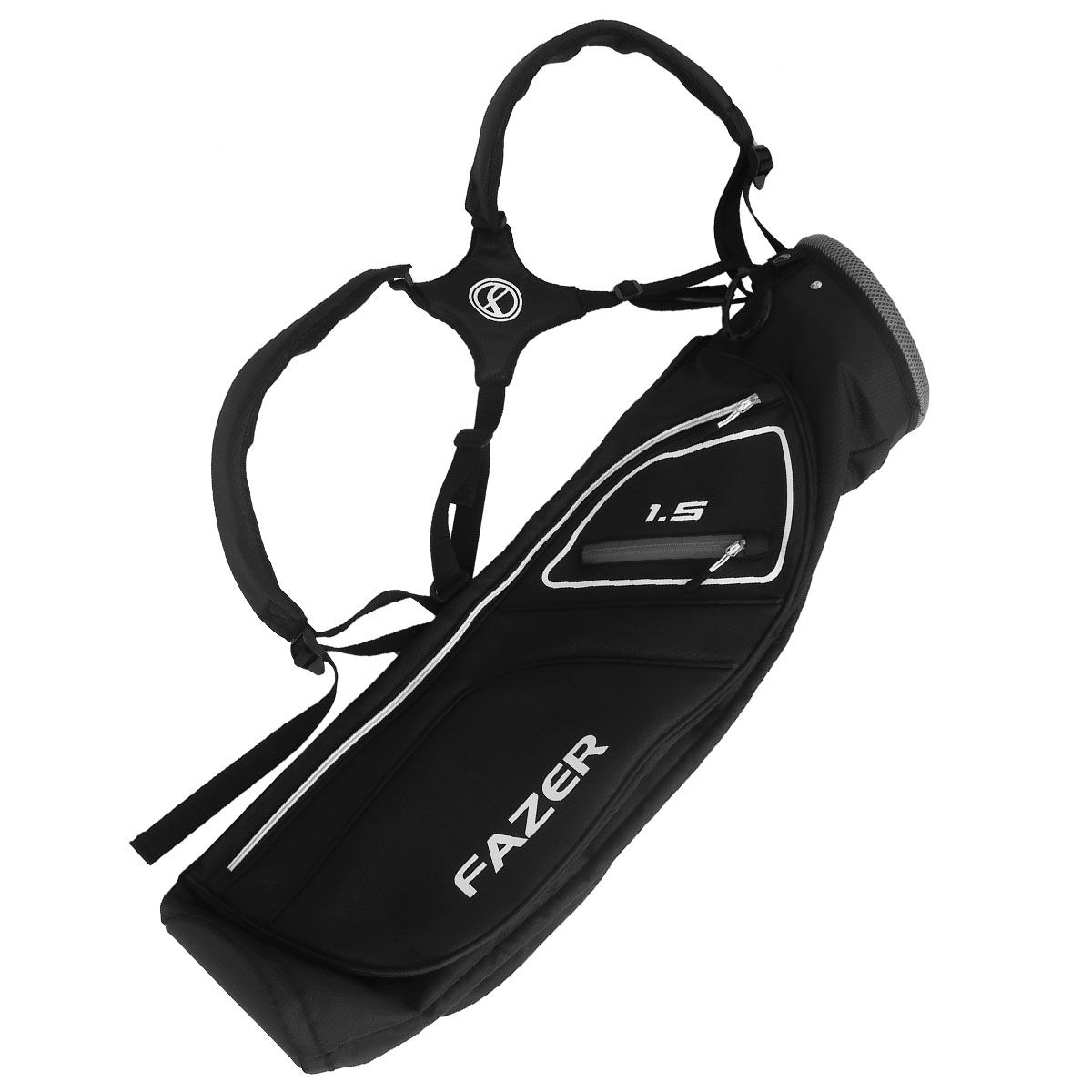




Good Time Golfer
Instead of focusing on the course performance. Less bothered about the best product and handicap, you just focus on getting out there and the joy you feel from playing golf. Winter golf means they don’t need to worry too much on score.
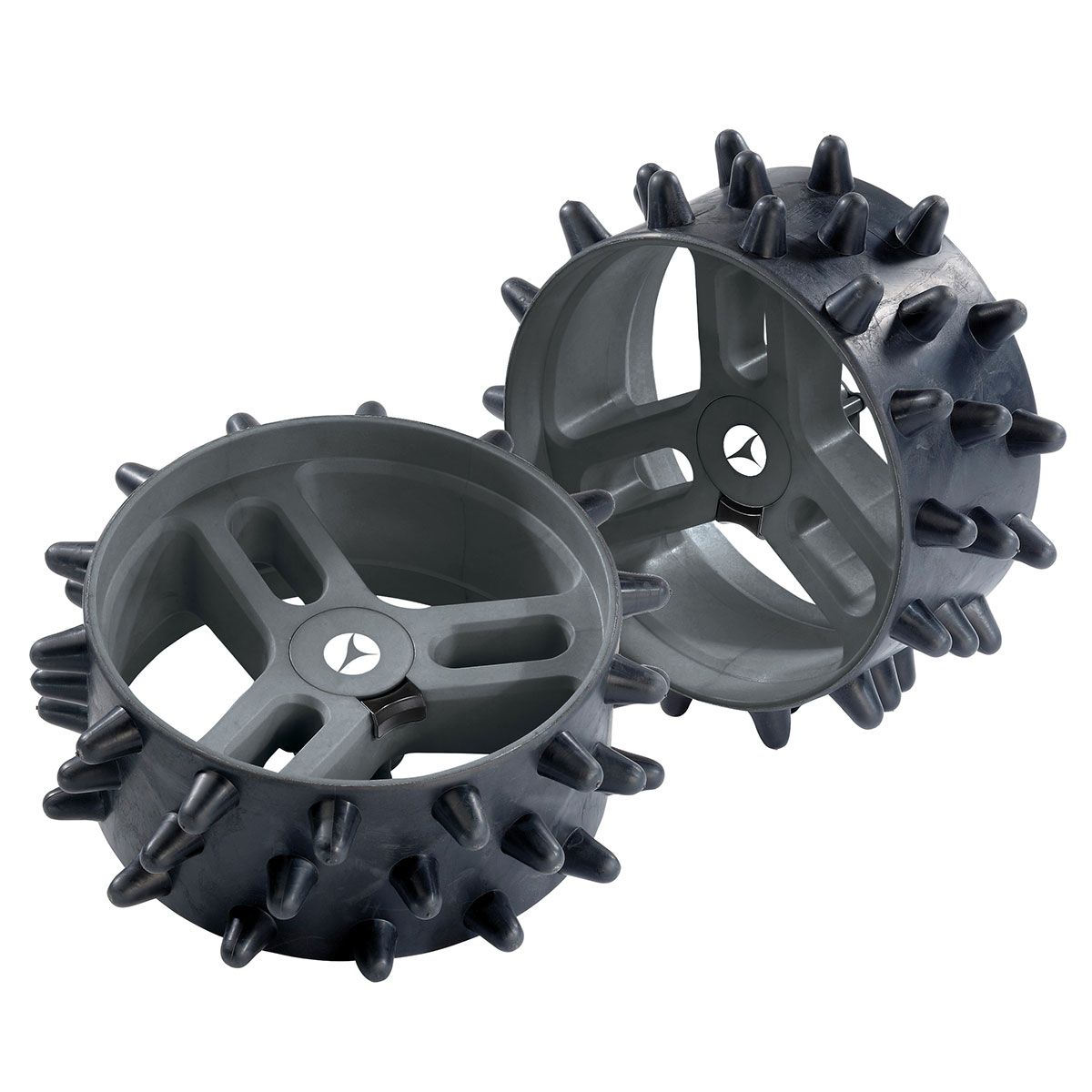
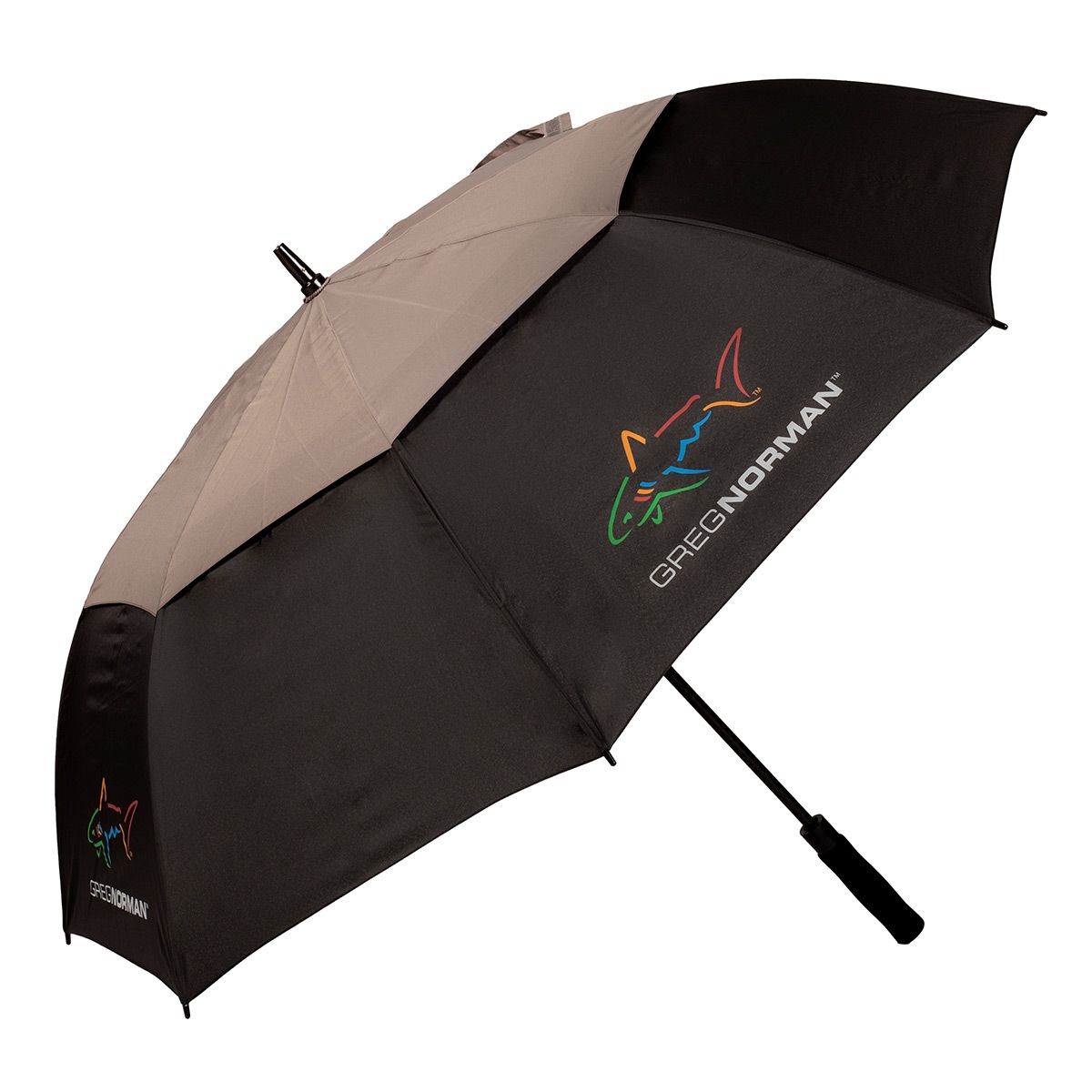
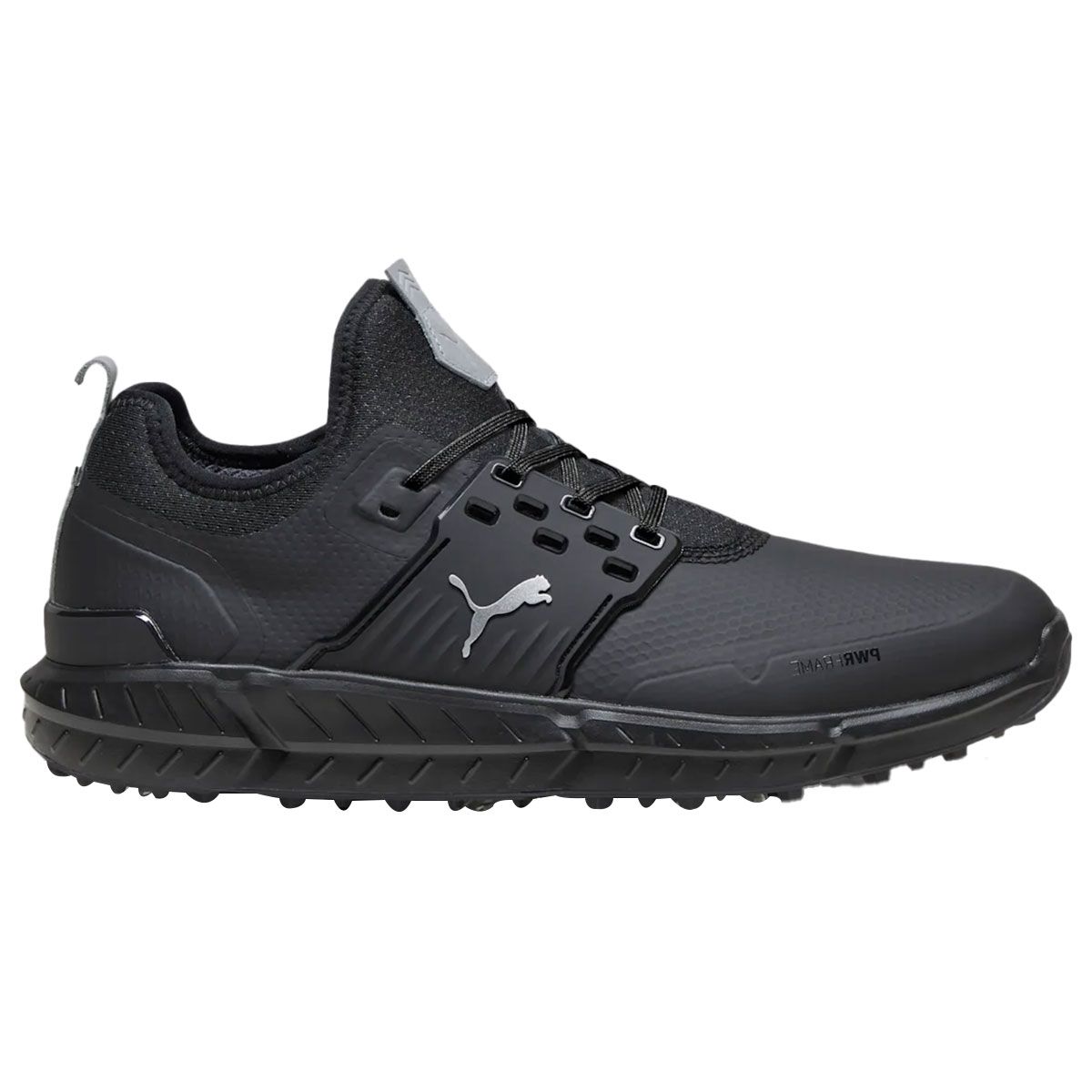

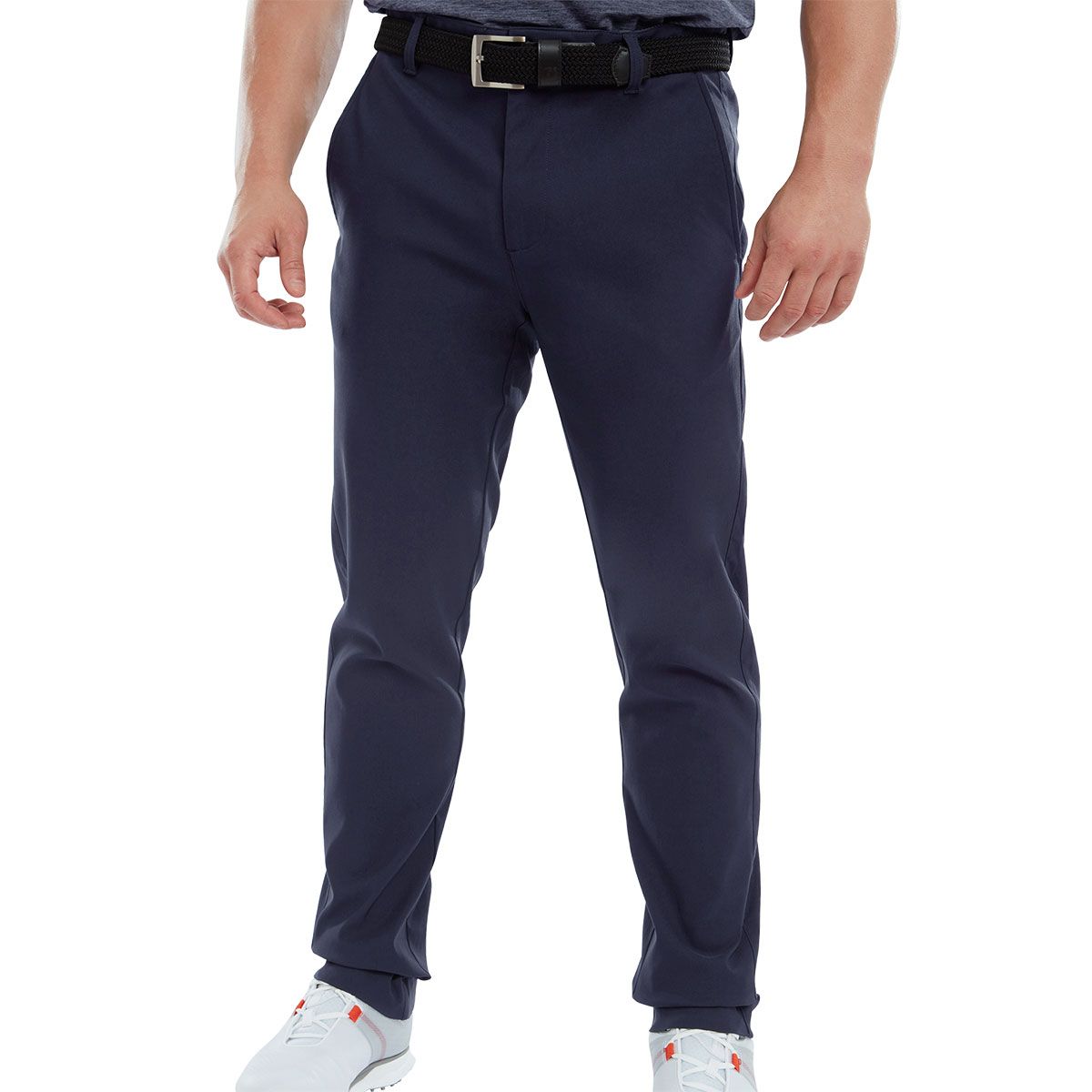
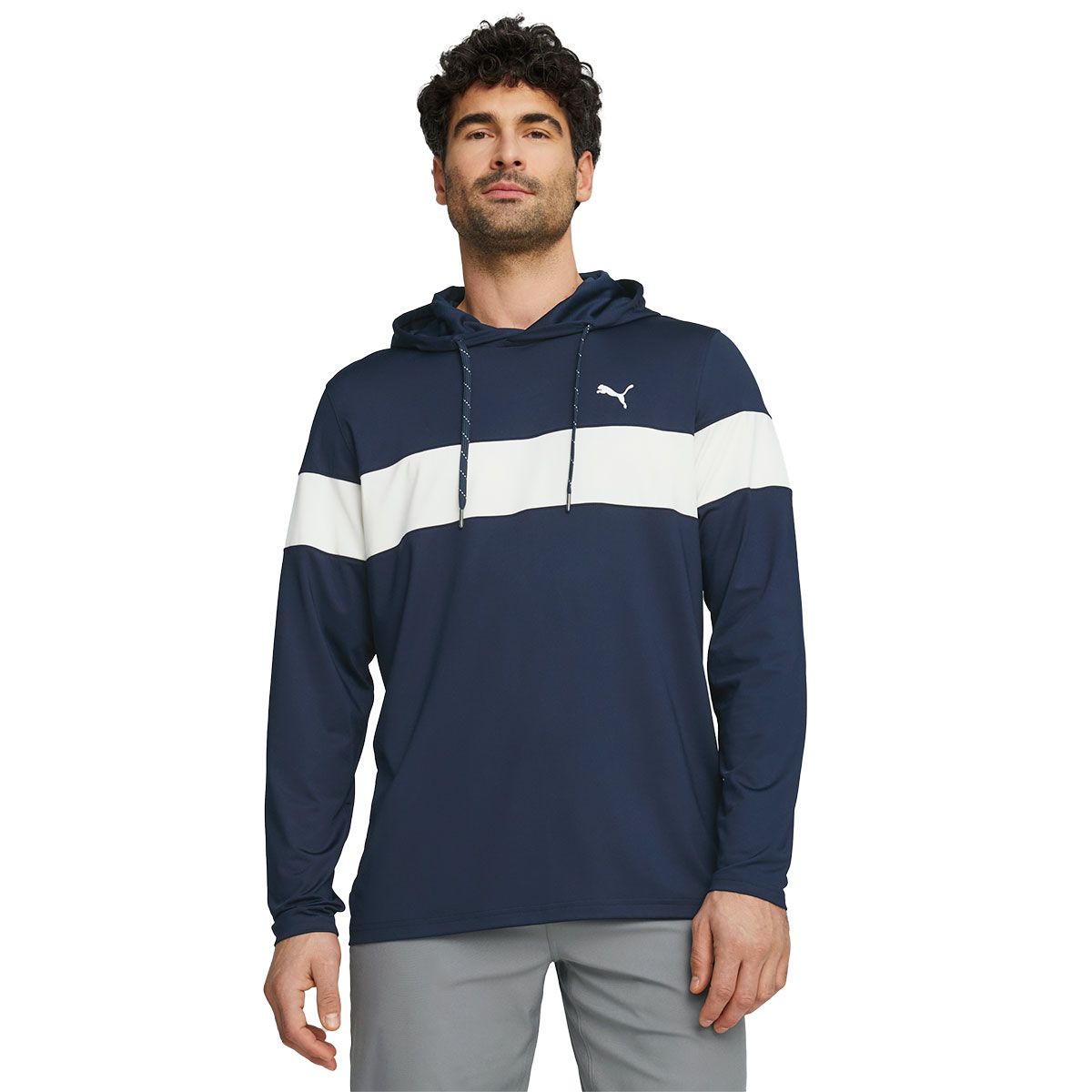
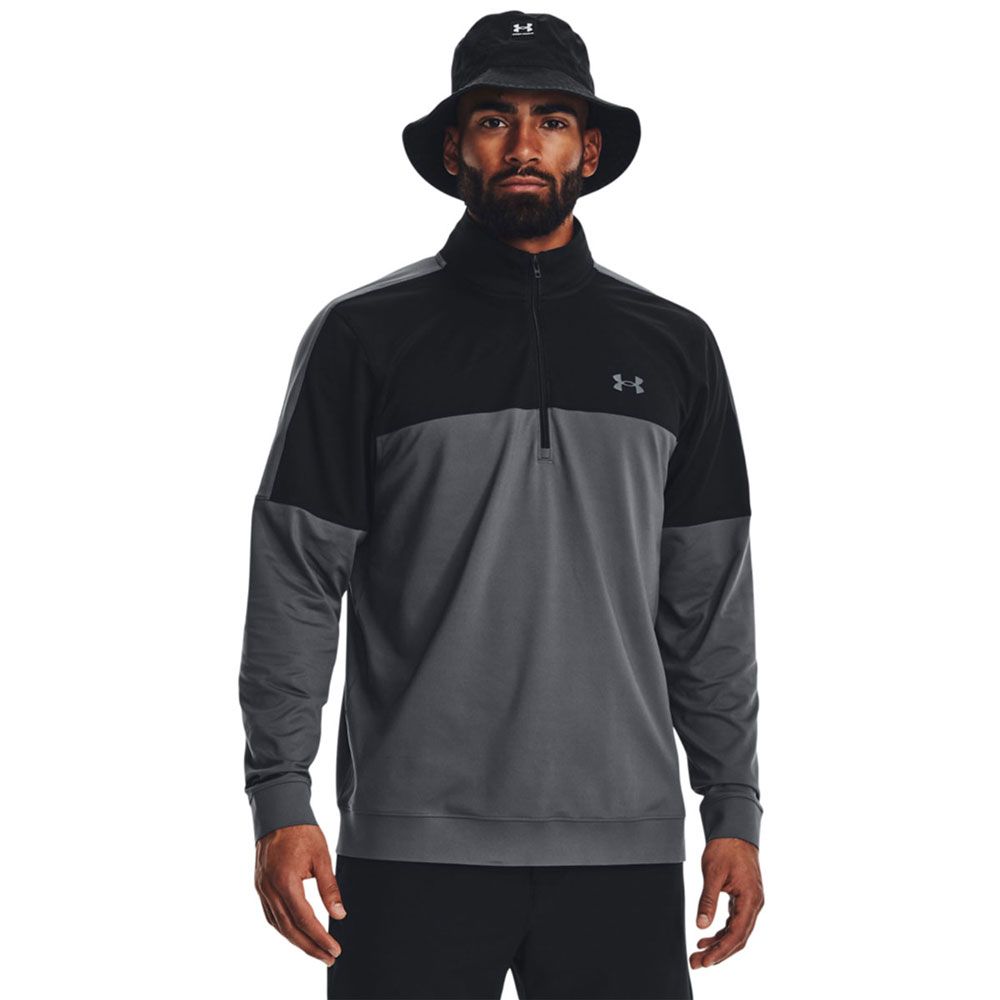
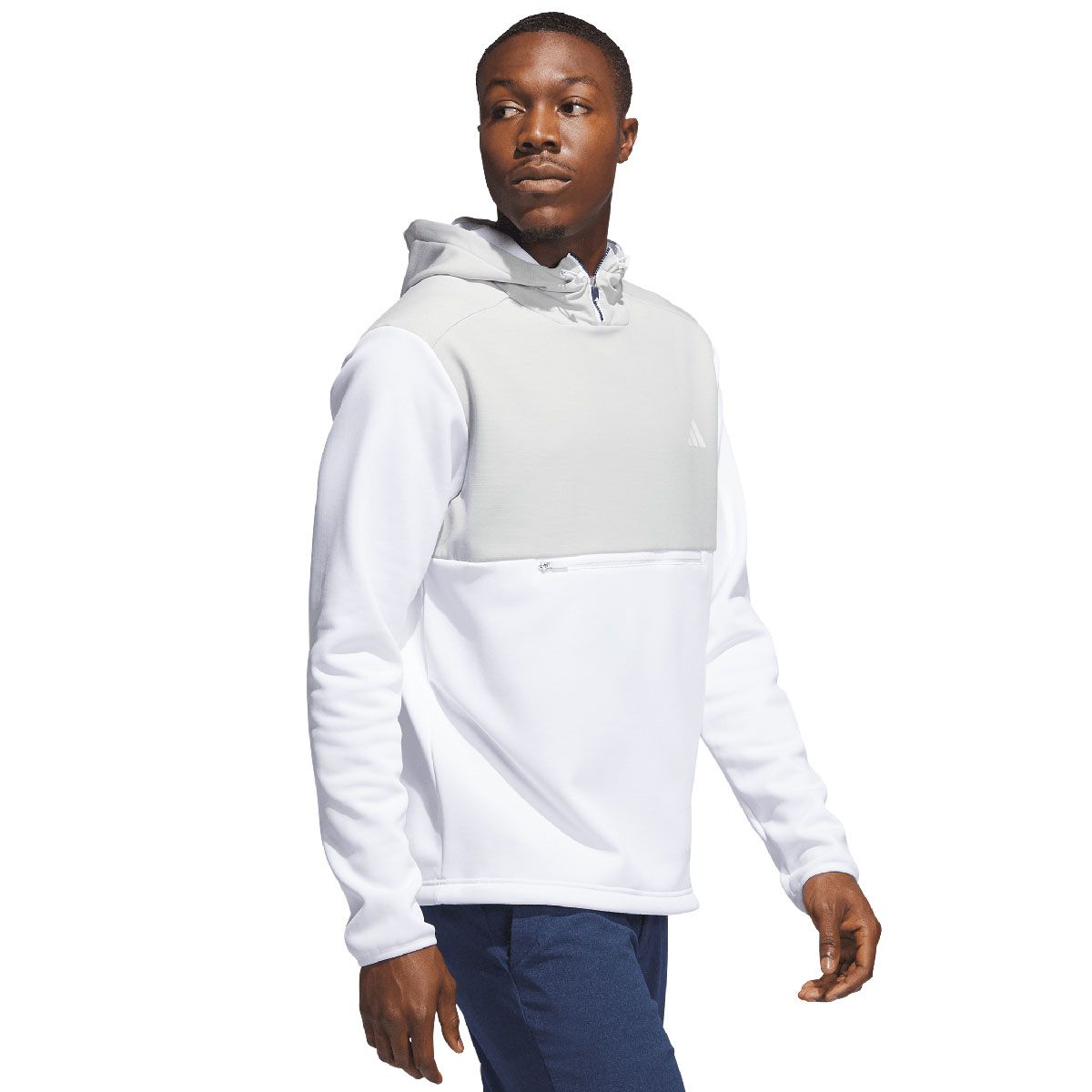
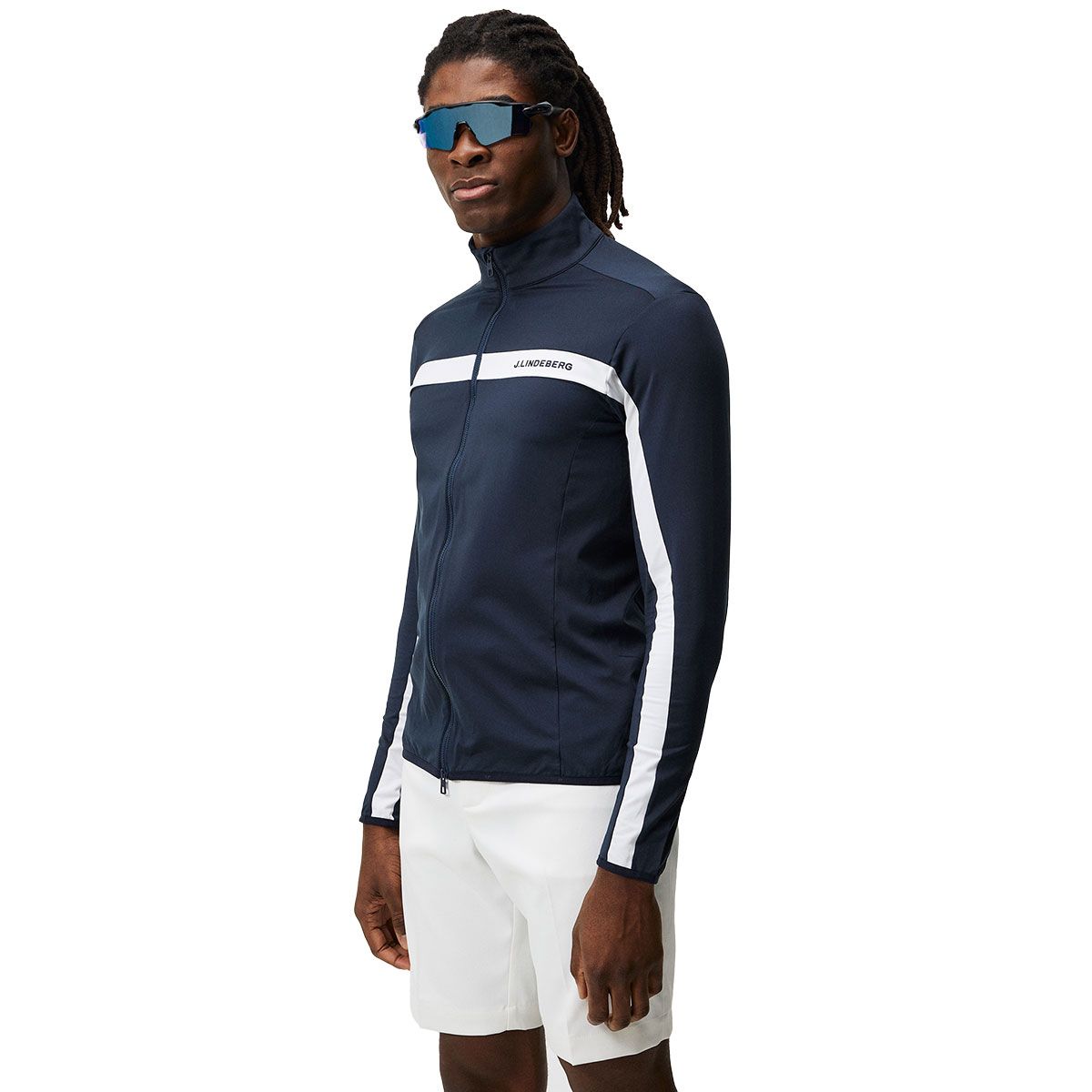
Course Conqueror
Regardless of the conditions, you’re obsessed with being the best golfer you can be. You’re playing all year round no matter what.
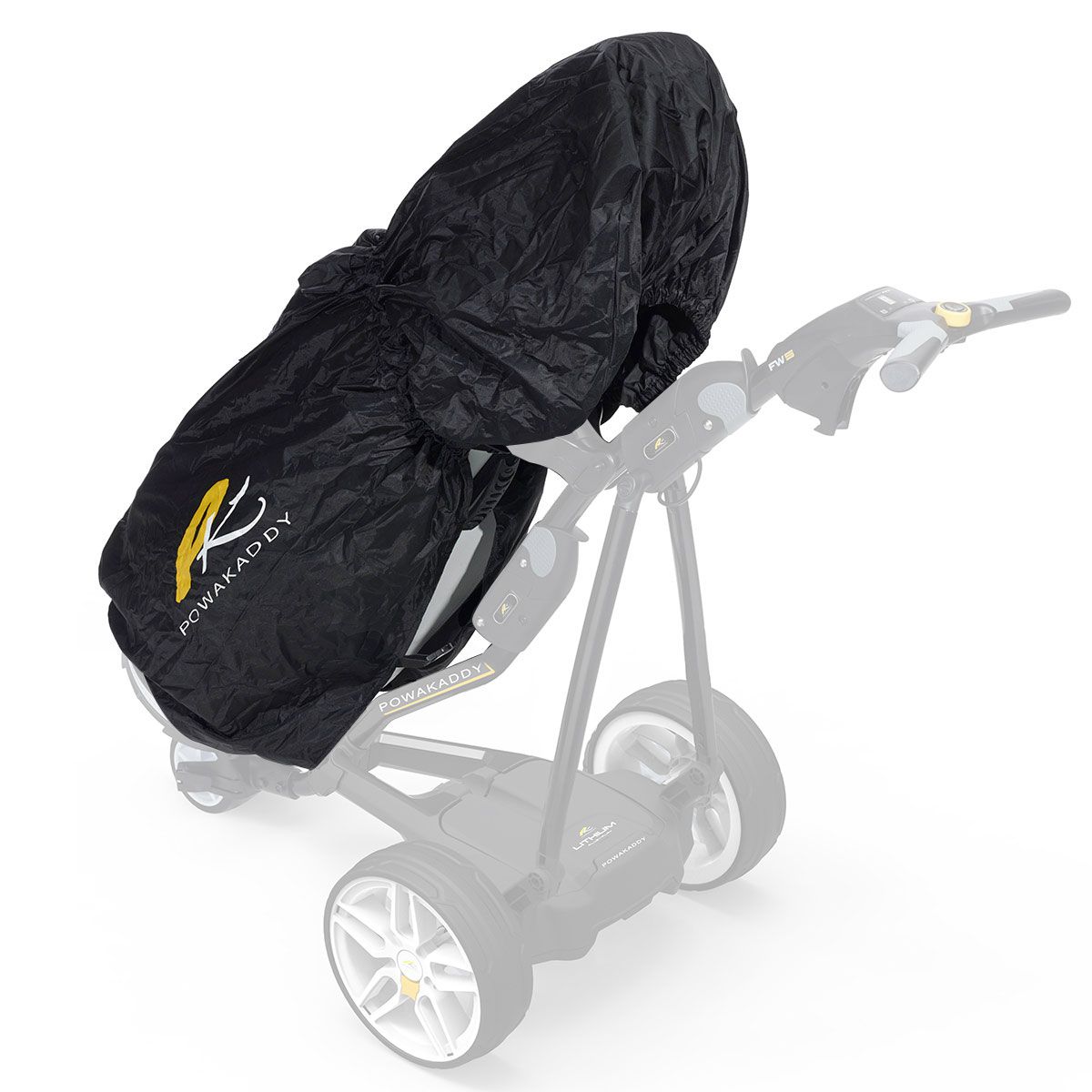
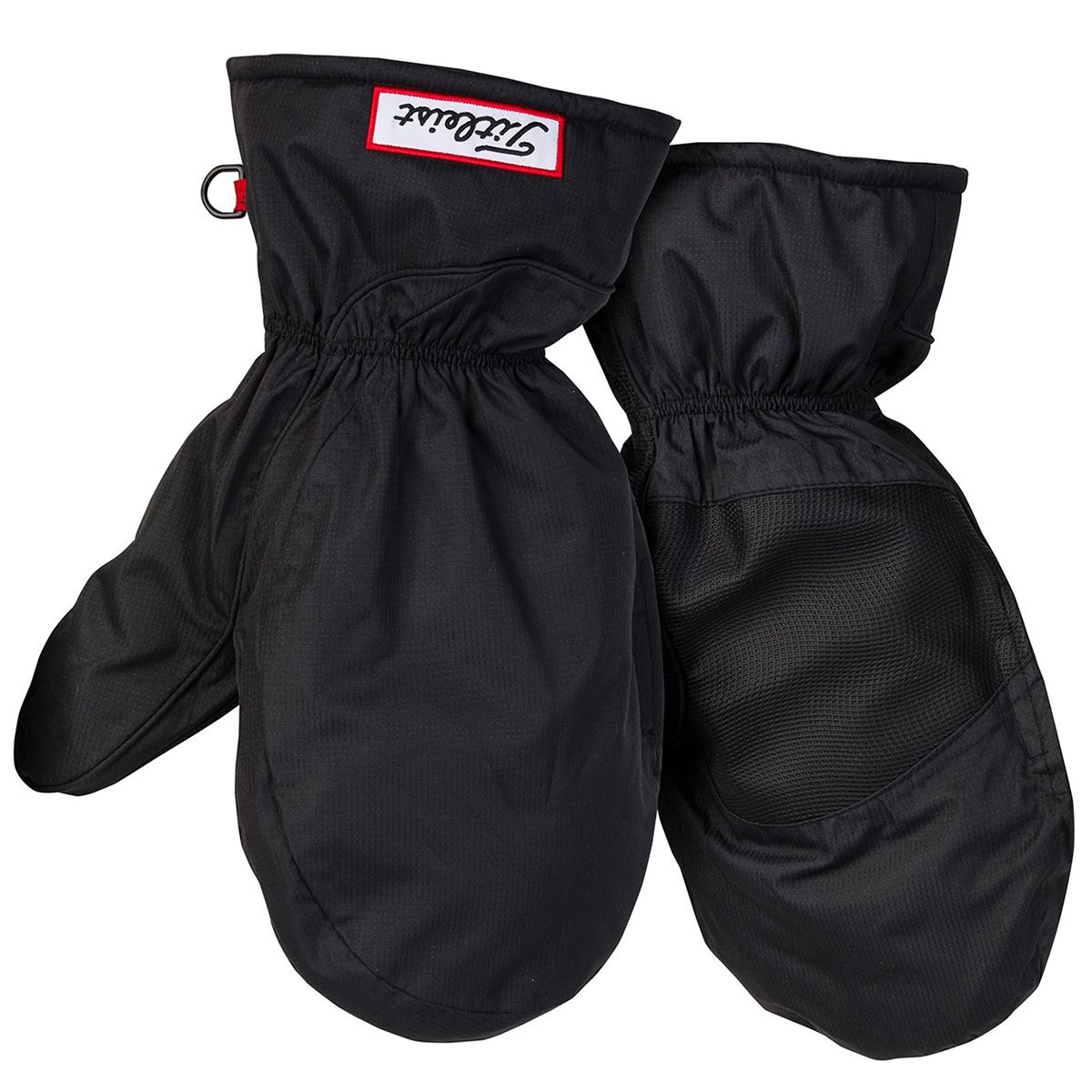
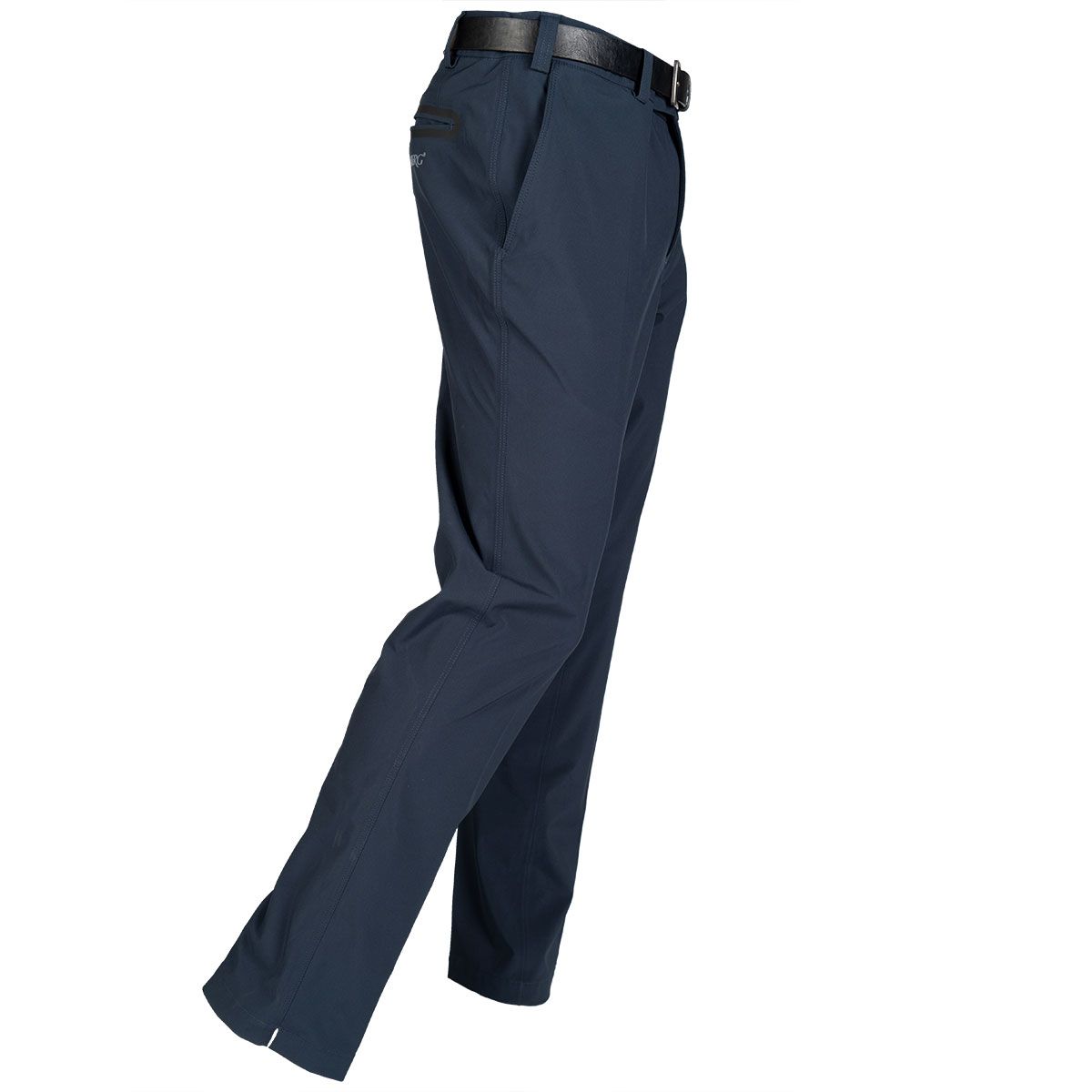

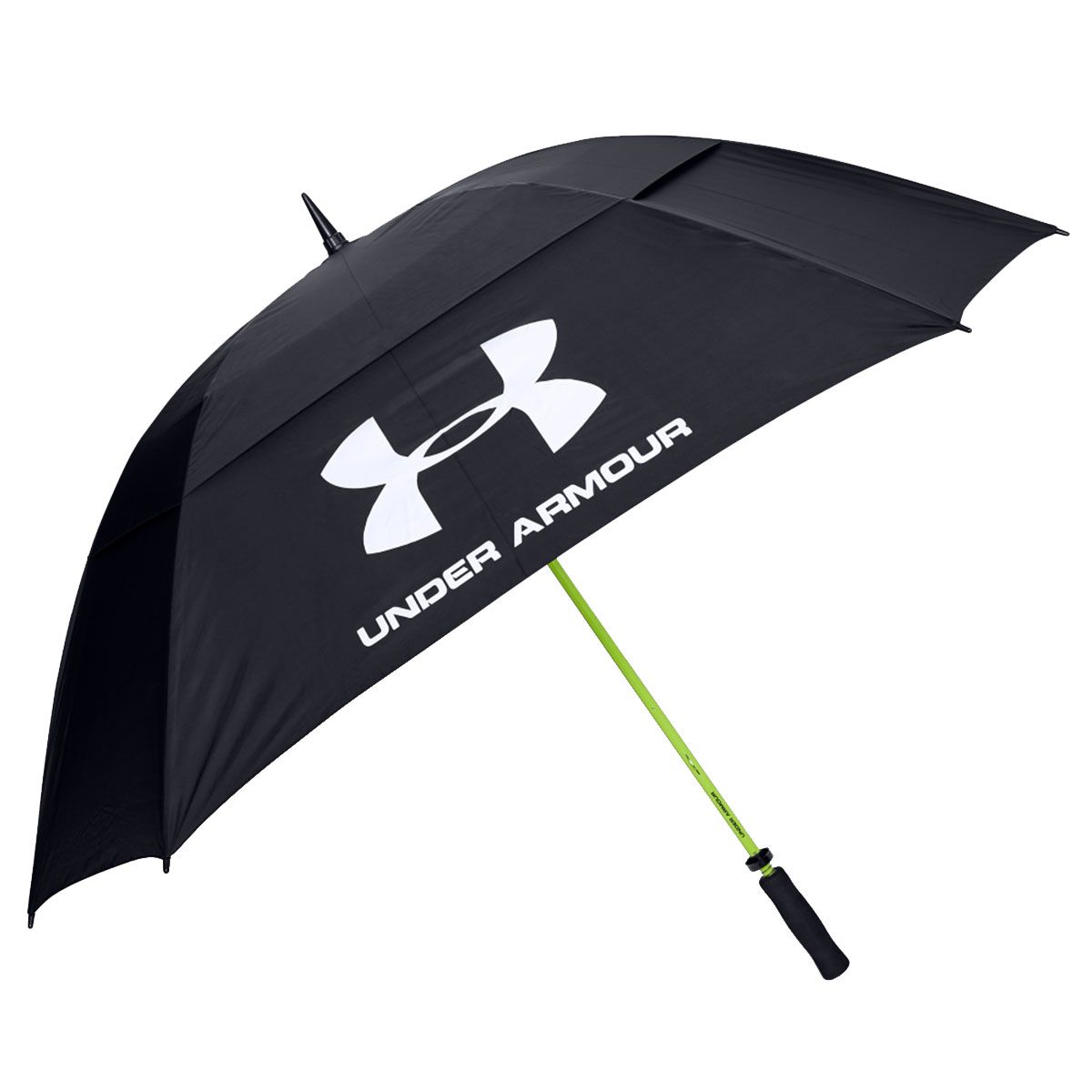
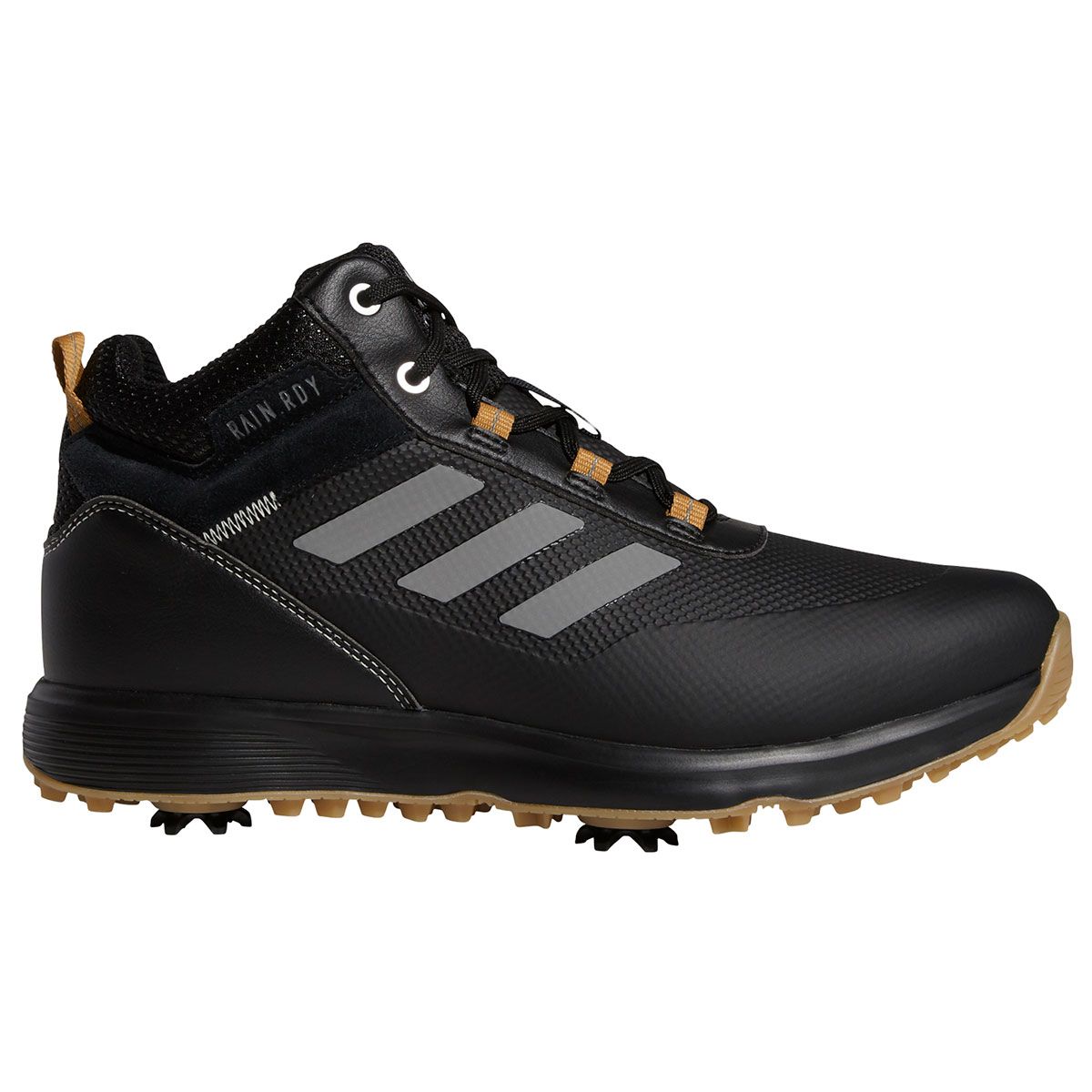
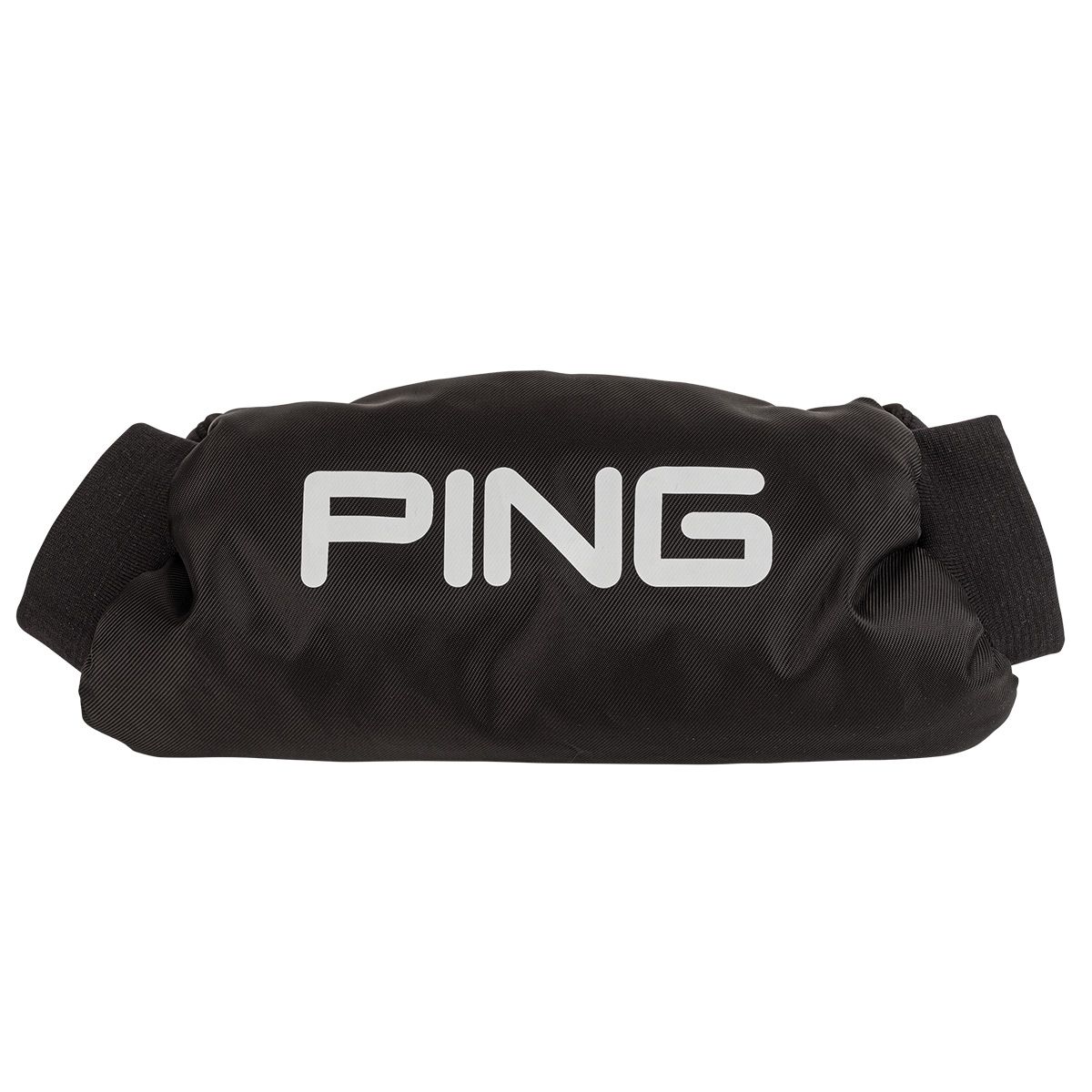

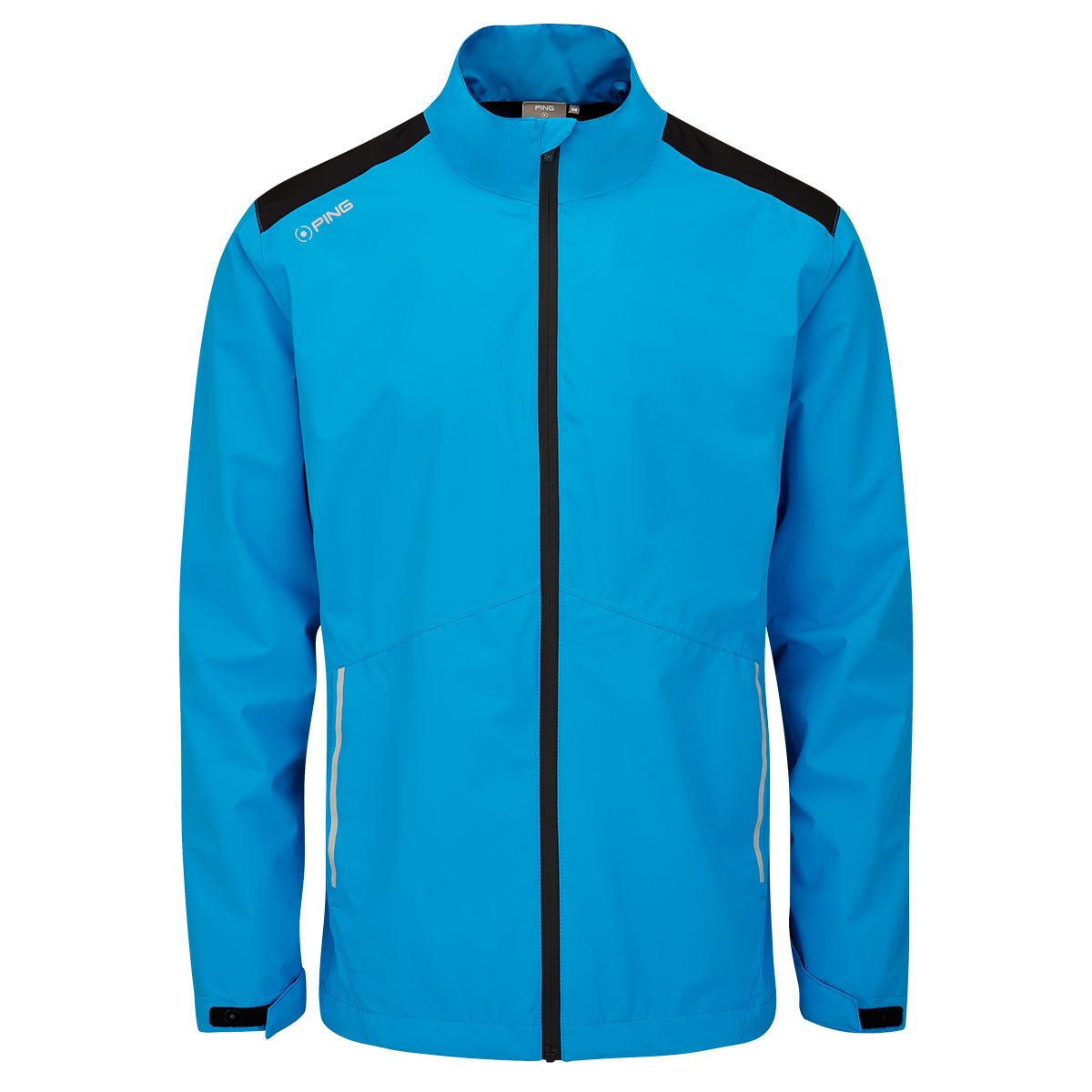
Driving Range Hibernator
You don’t like to be cold or wet, but you still want to keep your swing loose for the spring. You’ve swapped your rounds of golf for sessions on the driving range and at home, still focused on performance but don’t want to brave the elements. Accuracy is key for your game.
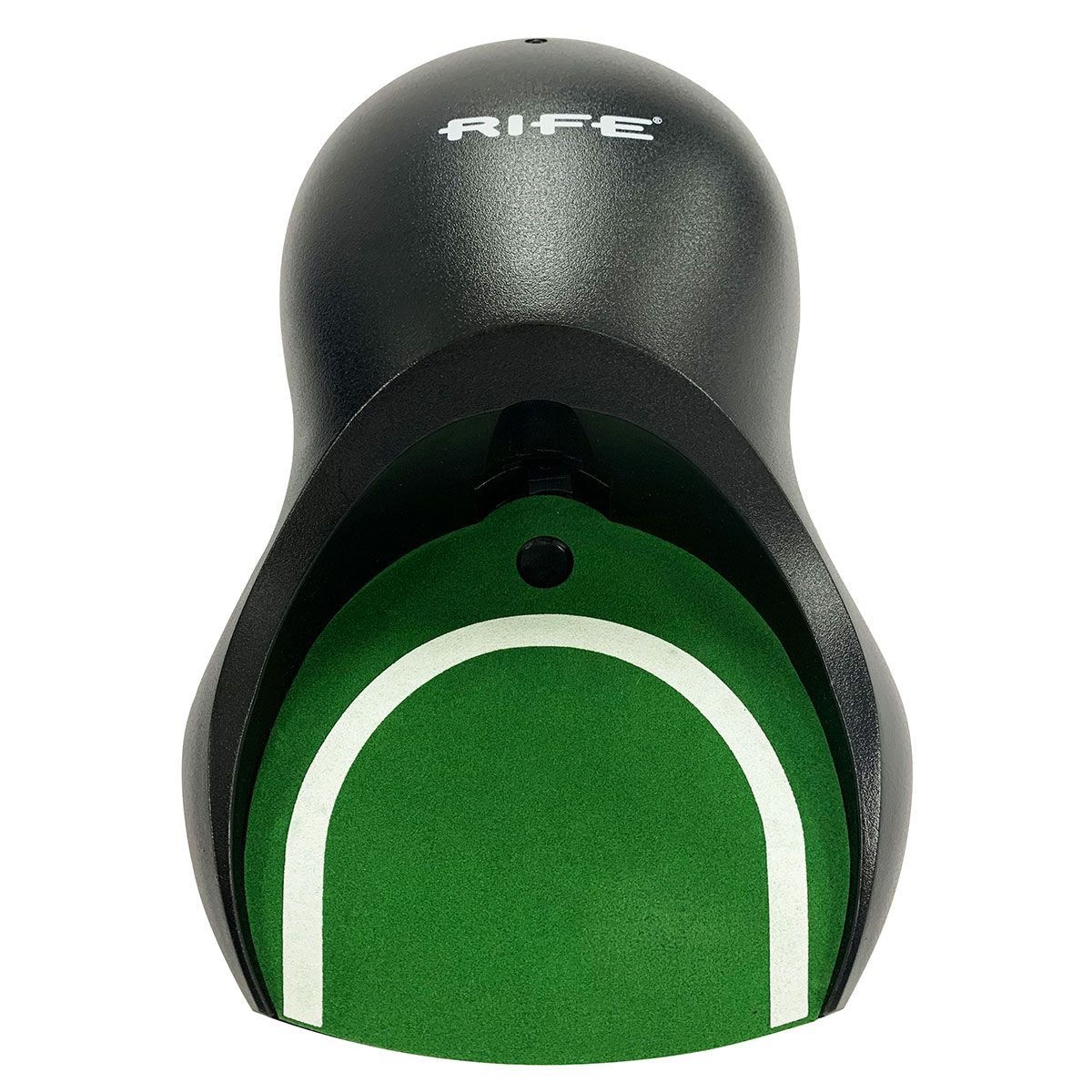
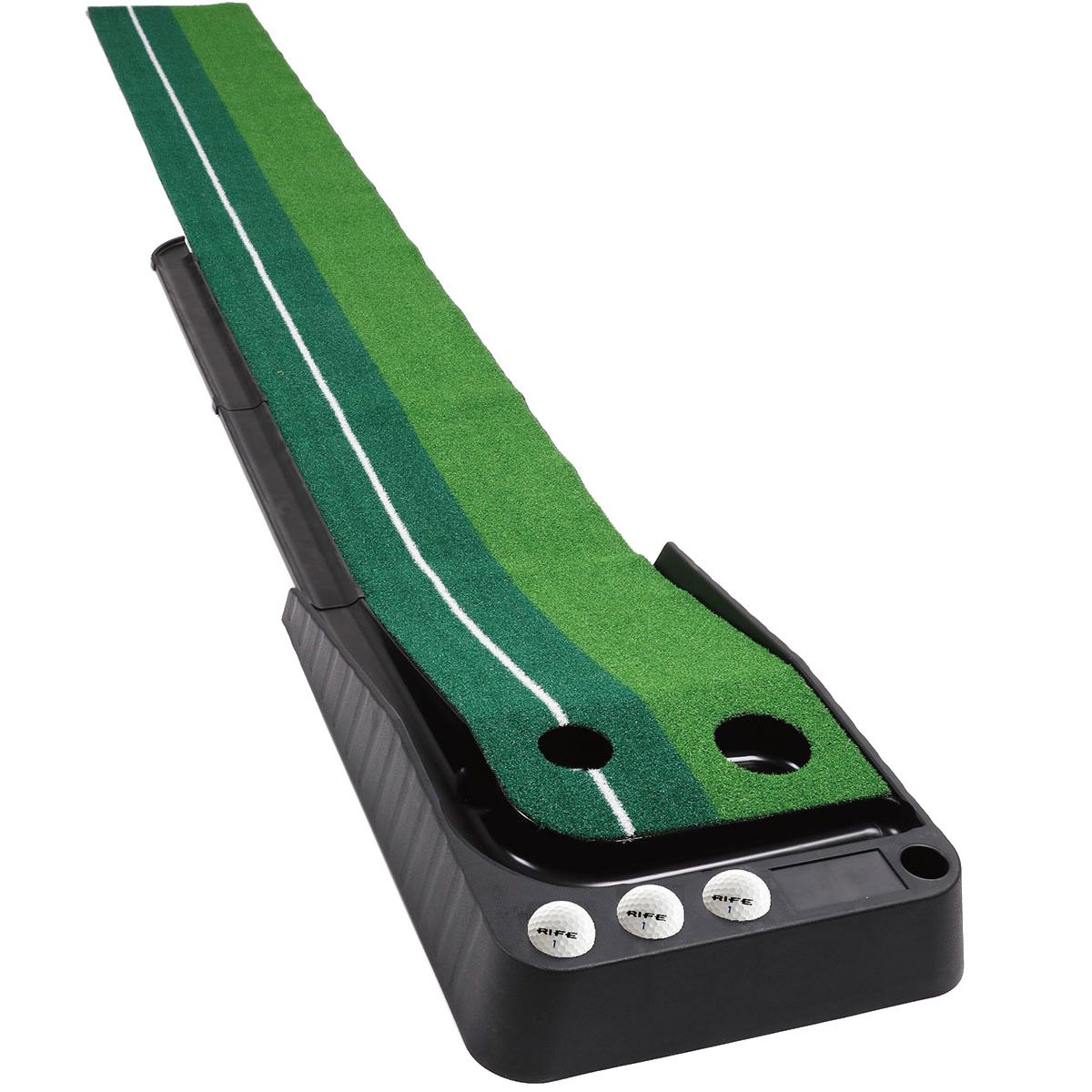
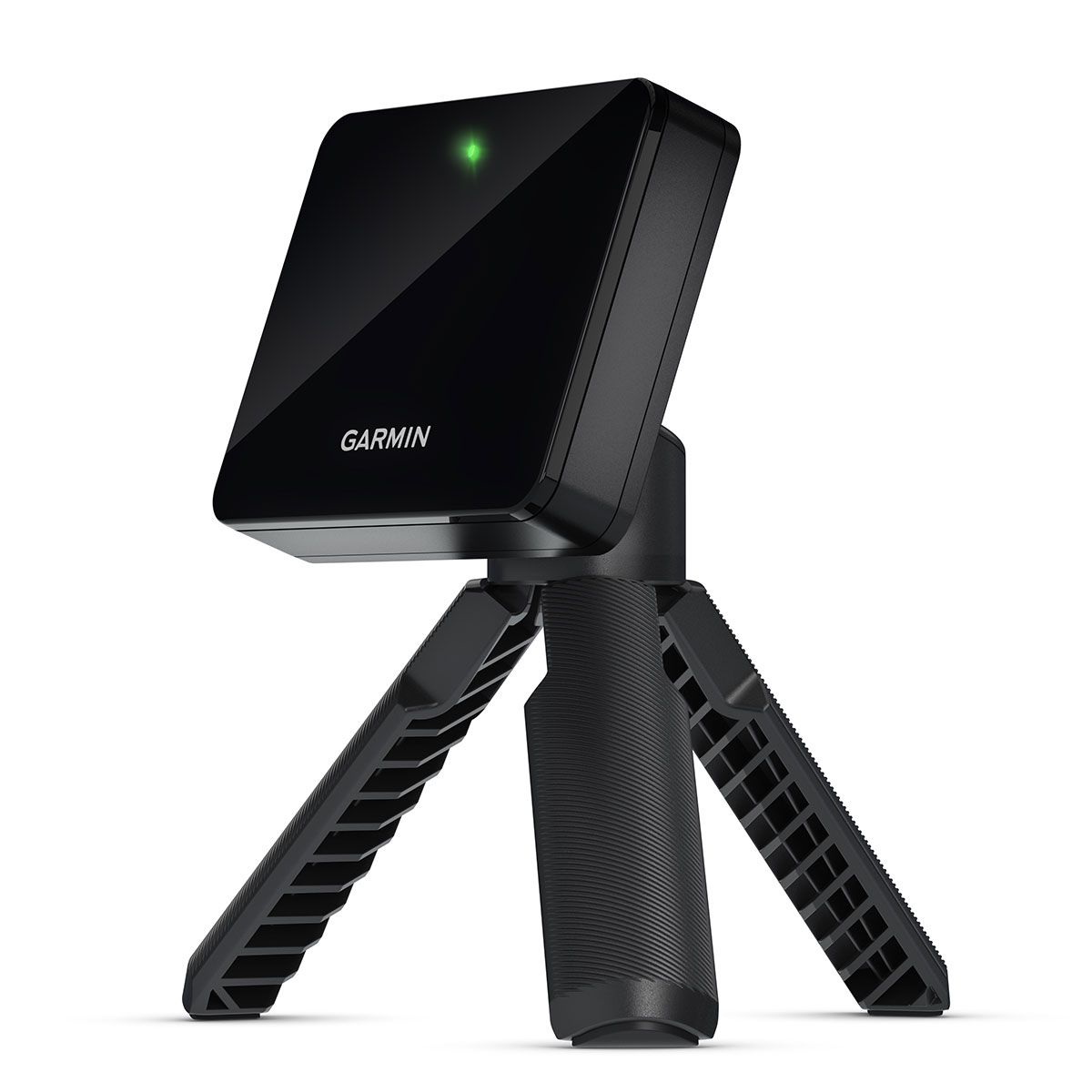



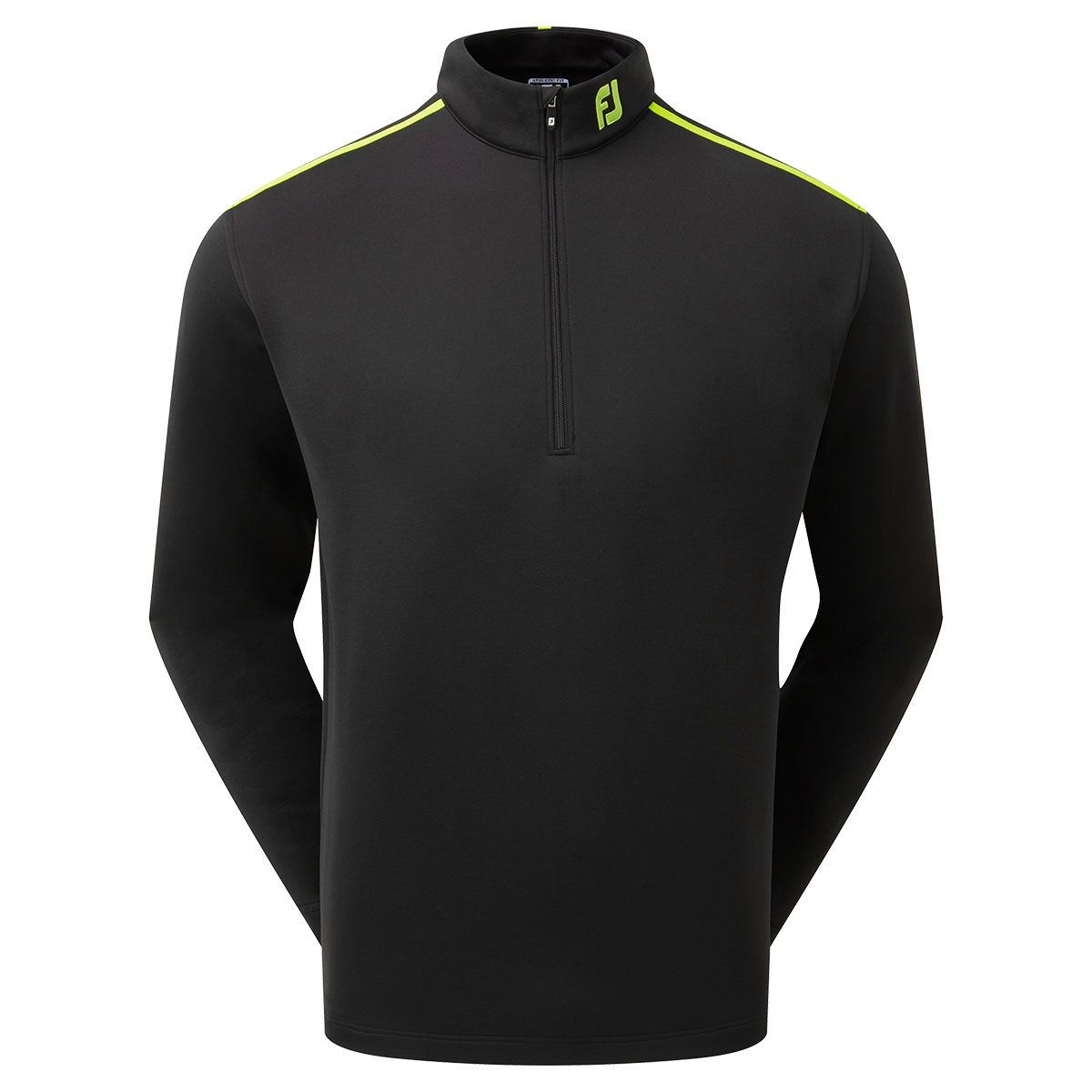

About the Author
Adam is a freelance news and sports journalist who has written for the BBC, The Sunday Post, The I, The Times, The Telegraph and more. He has been writing about golf for nearly two decades and has covered 13 Open Championships and two Ryder Cups. Not only does Adam cover golf, but he has played golf for as long as he can remember. He was a member at Northenden Golf Club for around 25 years until his children arrived and his last official handicap was 11, although on any given day his form fluctuates anywhere between eight and 18.